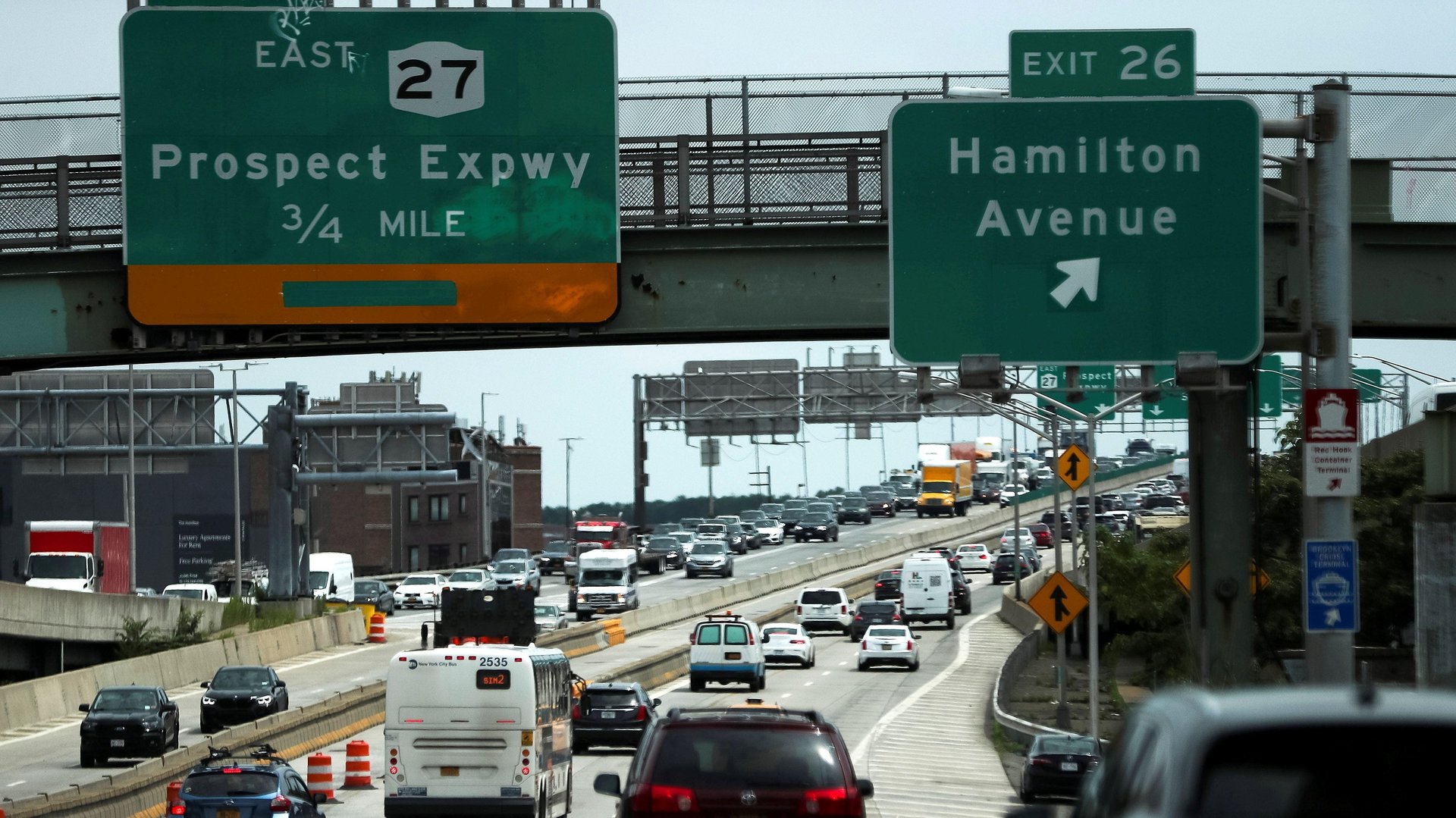The federal infrastructure bill is a big win for US cities
The US Senate has decided to advance debate on a $1 trillion infrastructure bill Democrats in Congress have been pushing for months. The bipartisan compromise bill, while much smaller than the $3 trillion legislation package president Joe Biden originally proposed in March, is the largest investment in US roads, waterways, and electric utilities in a generation.


The US Senate has decided to advance debate on a $1 trillion infrastructure bill Democrats in Congress have been pushing for months. The bipartisan compromise bill, while much smaller than the $3 trillion legislation package president Joe Biden originally proposed in March, is the largest investment in US roads, waterways, and electric utilities in a generation.
On Sunday, the full text of the bill was released giving us a first glimpse into Congress’s comprehensive attempt to overhaul America’s aging infrastructure. Like New Deal programs in the 1930s, the bill offers a vision to upgrade the nation’s physical infrastructure, as well as its environmental health (this time focusing on climate change rather than the previous era’s Dust Bowl). States and cities are empowered to shape and carry out that vision.
More than 45% of the bill is devoted to hard infrastructure such as roads, bridges, railroads, and power lines, and at least 13% will upgrade America’s pollution controls, climate resilience, and cybersecurity defenses. Deliberations on bipartisan amendments to the bill began Monday on the way to a possible vote that Senate majority leader Chuck Schumer plans to hold before an Aug. 9 recess.
A potential windfall for cities
At the forefront of this change are US metros, where the majority of US residents live. Urban cores and their surrounding suburbs areas stand to benefit not only from improvements in roads and bridges, but will be shaped by desperately-needed public transit investment, and improvements to public utilities like energy and water. If passed, this federal money would be put towards specific projects like extending Northern California’s BART rail line into San Jose, or replacing lead water pipes in mid-sized cities in Ohio. A number of states have already developed their list of “shovel-ready” projects that they’d like to move forward with federal funding.
While the bill funds some nationwide projects, such as grants for Amtrak, most of the money will flow to states and cities via federal agencies, giving local leaders more control over which infrastructure projects are prioritized and built. “This bill incentivizes states and localities to execute even more of their planned investments,” says Adie Tomer, a senior fellow at the Brookings Metropolitan Policy Program who focuses on infrastructure. “It’s a chance to pursue many programs that they may not have had adequate funding for.”
Infrastructure to survive climate change
In the bill, Democrats prioritized infrastructure capable of withstanding a rapidly-changing climate. Some grants are written in a way that incentivizes—and in some cases requires—states and localities to use the money to build roads, dams, and other structures that offer greater protection against climate events like floods and droughts.
There are also efforts aimed at reducing carbon emissions and reliance on fossil fuels across energy and transportation sectors. Funding has been allocated to integrate wind and solar energy into electric grids, and there is a plan to introduce electric school buses and ferries to transportation fleets. The “Complete Streets” program encourages cities to construct roads in a way that accommodates cyclists, pedestrians, and public transit users as well as personal vehicles. “This is the biggest bill we’ve had in the US to try to address climate change up until now,” says Tomer. “Multiple areas of this bill give cities the components they need to deliver on visions for resiliency.”
The bill’s sponsors are trying to maintain bipartisan support throughout the amendment process this week. If it passes the Senate, it will still need to be approved by the House, where Speaker Nancy Pelosi has said she won’t bring it up for a vote unless the Senate passes a more sweeping $3.5 trillion budget reconciliation bill, which includes more Democratic priorities.